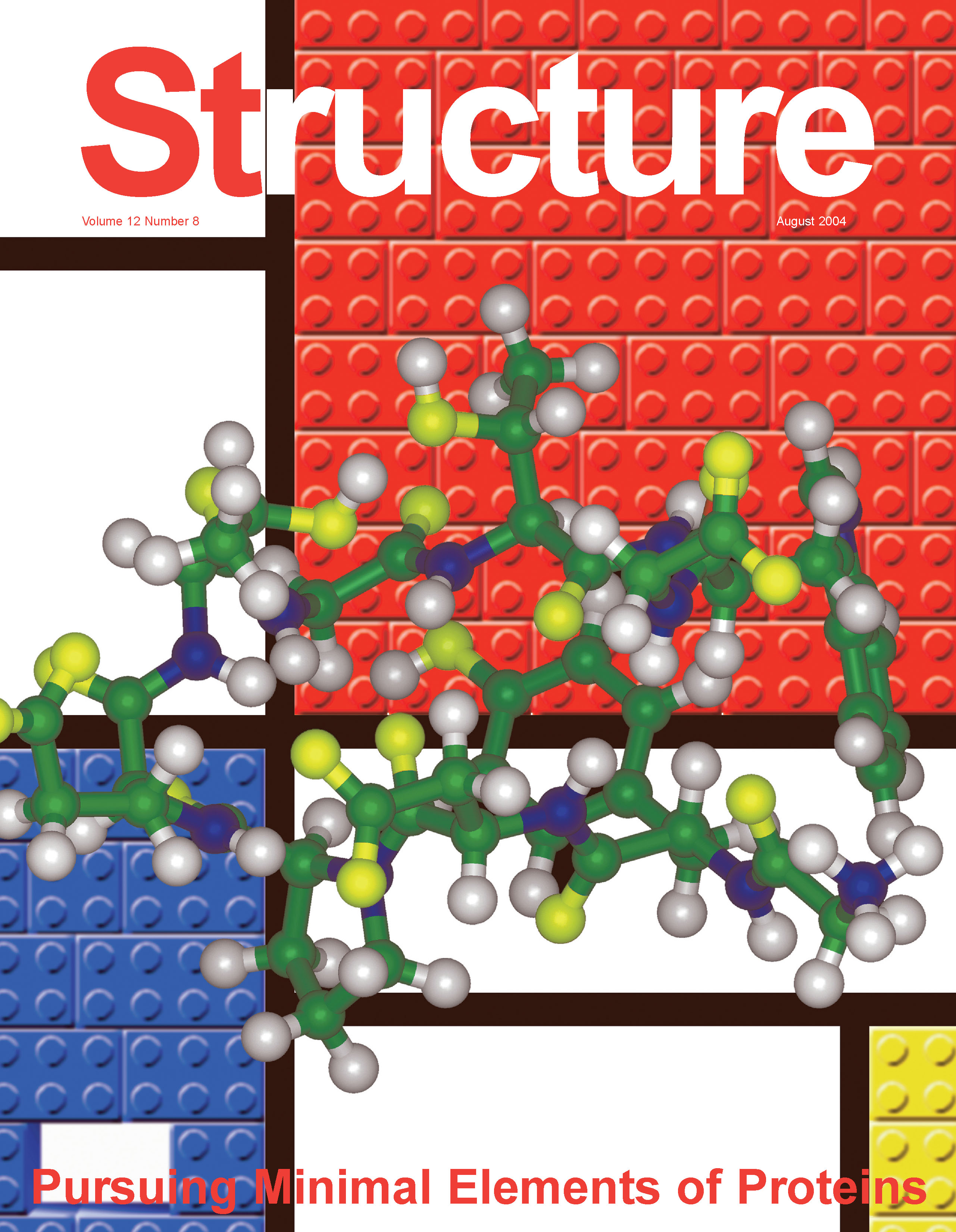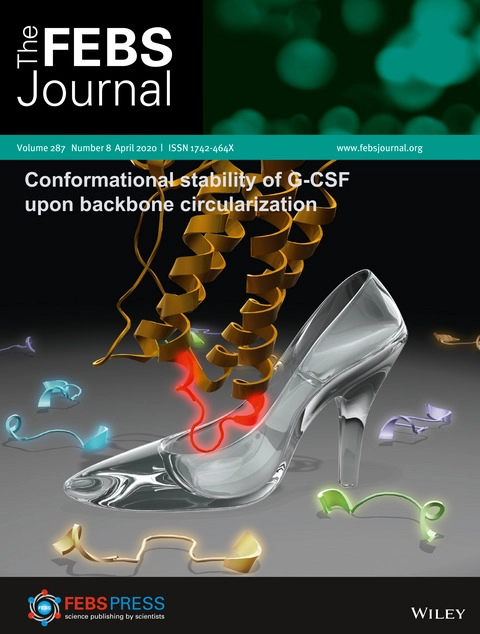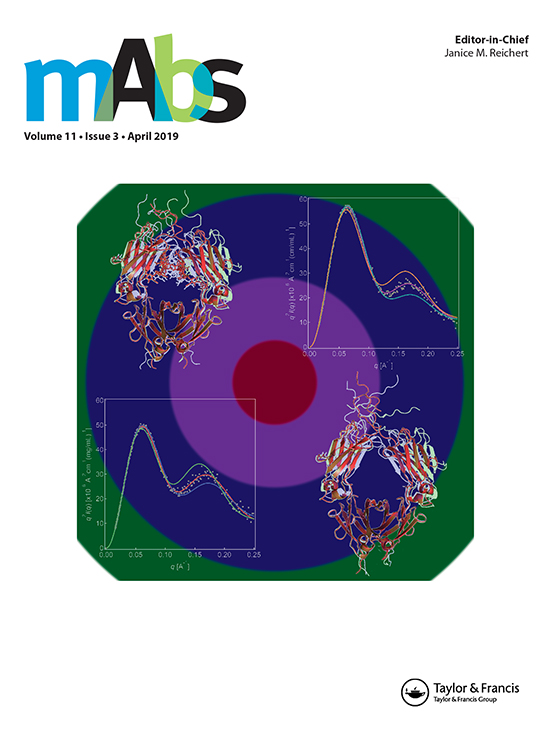Honda Lab
Introduction to research
Deputy director Dr. Honda specializes in protein engineering and biophysical chemistry. Members in his laboratory are conducting researches such as creating functional artificial proteins for use in a medical field and developing fundamental technologies that contribute to biopharmaceutical industry based on accumulating knowledge on protein science, structural biology, evolutionary molecular engineering, analytical chemistry, and synthetic biology.
Keywords: protein design, biopharmaceutics, quality control, aggregation
Molecular design and crystal structure of the smallest protein
 We proposed a unique hypothesis "autonomous element theory" based on the analogy between the chemical evolution of proteins and the folding mechanisms of proteins, and developed a molecular design program based on the hypothesis. Using the program, we have succeeded in creating an artificial protein consisting of only 10 amino acids, which exceeds conventional wisdom. Until then, the predominant view was that proteins required at least 30 to 50 amino acids to form a stable three-dimensional structure. However, this microprotein, named chignolin, forms a stable three-dimensional structure in aqueous solution, despite being well below the lower limit, and reversibly and cooperatively denatures/regenerates as the temperature rises and falls. The discovery of chignolin prompted a correction to the traditional perception of protein structural units and became the front cover of a major scientific journal. In addition, the existence of the molecule has a great influence on the study of the origin of life, so it was widely covered in domestic and foreign media. After that, we developed a more stable 10-residue protein, super-chignolin, with an optimized sequence, and succeeded in determining its crystal structure. Since the molecule is "the smallest protein in the world", the advancement is expected to spread to a wide range of R & D from elucidating folding mechanism to designing new drug molecule.
We proposed a unique hypothesis "autonomous element theory" based on the analogy between the chemical evolution of proteins and the folding mechanisms of proteins, and developed a molecular design program based on the hypothesis. Using the program, we have succeeded in creating an artificial protein consisting of only 10 amino acids, which exceeds conventional wisdom. Until then, the predominant view was that proteins required at least 30 to 50 amino acids to form a stable three-dimensional structure. However, this microprotein, named chignolin, forms a stable three-dimensional structure in aqueous solution, despite being well below the lower limit, and reversibly and cooperatively denatures/regenerates as the temperature rises and falls. The discovery of chignolin prompted a correction to the traditional perception of protein structural units and became the front cover of a major scientific journal. In addition, the existence of the molecule has a great influence on the study of the origin of life, so it was widely covered in domestic and foreign media. After that, we developed a more stable 10-residue protein, super-chignolin, with an optimized sequence, and succeeded in determining its crystal structure. Since the molecule is "the smallest protein in the world", the advancement is expected to spread to a wide range of R & D from elucidating folding mechanism to designing new drug molecule.
Designing backbone-circularized cytokine
 We designed a backbone-circularized protein in which both ends of its polypeptide chain are linked by an amide bond connector, and evaluated the molecular properties related to the function and structure of the synthesized variants. The target protein is a cytokine, a granulocyte colony stimulating factor (G-CSF). Human recombinant G-CSF is approved as a therapeutic drug and widely used clinically for neutropenia associated with cancer chemotherapy. The optimum amino acid length at the connector is estimated by computer using an original design program, and the backbone-circularized G-CSF was synthesized by the protein splicing method using the split intein expression vector. Analyses of the backbone-circularized variants by circular dichroism, surface plasmon resonance, fluorescence spectrum, cultured cell bioassay, X-ray crystal structure analysis, molecular dynamics simulation, small-angle X-ray scattering, analytical ultracentrifugation revealed that their higher-order structure, receptor binding activity and cell proliferation activity were comparable to those of the wild type, and that their thermal stability and resistance to protease degradation were remarkably superior to those of the wild type. Also elucidated was the mechanism that the improvement in structural stability is attributed to the synergistic gain effects of the decrease in chain entropy in the unfolded state due to cyclization and the increase in enthalpy in the folded state due to the increase in hydrogen bonds. These results show that the backbone-circularized G-CSF is a promising drug seed as subsequent biopharmaceuticals with improved storage stability, and that a backbone-circularization with optimum connector design is an excellent strategy in a rational protein engineering.
We designed a backbone-circularized protein in which both ends of its polypeptide chain are linked by an amide bond connector, and evaluated the molecular properties related to the function and structure of the synthesized variants. The target protein is a cytokine, a granulocyte colony stimulating factor (G-CSF). Human recombinant G-CSF is approved as a therapeutic drug and widely used clinically for neutropenia associated with cancer chemotherapy. The optimum amino acid length at the connector is estimated by computer using an original design program, and the backbone-circularized G-CSF was synthesized by the protein splicing method using the split intein expression vector. Analyses of the backbone-circularized variants by circular dichroism, surface plasmon resonance, fluorescence spectrum, cultured cell bioassay, X-ray crystal structure analysis, molecular dynamics simulation, small-angle X-ray scattering, analytical ultracentrifugation revealed that their higher-order structure, receptor binding activity and cell proliferation activity were comparable to those of the wild type, and that their thermal stability and resistance to protease degradation were remarkably superior to those of the wild type. Also elucidated was the mechanism that the improvement in structural stability is attributed to the synergistic gain effects of the decrease in chain entropy in the unfolded state due to cyclization and the increase in enthalpy in the folded state due to the increase in hydrogen bonds. These results show that the backbone-circularized G-CSF is a promising drug seed as subsequent biopharmaceuticals with improved storage stability, and that a backbone-circularization with optimum connector design is an excellent strategy in a rational protein engineering.
Aggregation mechanism of antibody drugs
 The active ingredient in many biopharmaceuticals is a protein, which is less stable than low molecular-weight chemical compounds and is more susceptible to physical and chemical degradation. In particular, aggregation associated with denaturation is a concern for quality control of biopharmaceuticals because it may show immunogenicity as well as a decrease in drug efficacy. Therefore, we are working to elucidate the aggregation mechanism of human monoclonal antibodies and to build a theoretical model that contributes to practical use, with the aim of contributing to high quality production of biopharmaceuticals for assuring their safety. However, this is not an easy task in theoretical chemistry. This is because the aggregation of biopharmaceuticals is a consequence of many reactions interdependently proceeding in a non-equilibrium system with a long-term relaxation process, in a non-ideal system showing concentration dependence, and in a multi-component system affected by a lot of additives. In addition, the mechanism involves the effects of sequence dependence and structural changes of proteins. A trace of denatured molecules in equilibrium or short-lived denatured molecules in kinetics play a critical role in the whole reactions. We are struggling to move forward as much as possible, knowing that it will not be easy to understand these things in a unified manner. We are particularly paying attention to a phenomenon in which aggregation proceeds when an antibody is exposed to an acidic solution for a certain period of time, then neutralized and returned to neutrality (pH shift stress). Analyzing this phenomenon by various methods such as dynamic light scattering, small-angle X-ray scattering, analytical ultracentrifugation, scanning electron dielectric microscopy, fluorescence correlation spectroscopy, we have reported several discoveries: antibody aggregates do not have self-catalytic proliferative properties like amyloid fibers; the aggregates grow according to the Smolkovsky aggregation model, which is a classic in colloid chemistry; the shape of the aggregates is fractal and exhibits a self-similarity (i.e., scale-free ) property; and the removal of N-type glycan does not induce the open structure of the CH2 domain.
The active ingredient in many biopharmaceuticals is a protein, which is less stable than low molecular-weight chemical compounds and is more susceptible to physical and chemical degradation. In particular, aggregation associated with denaturation is a concern for quality control of biopharmaceuticals because it may show immunogenicity as well as a decrease in drug efficacy. Therefore, we are working to elucidate the aggregation mechanism of human monoclonal antibodies and to build a theoretical model that contributes to practical use, with the aim of contributing to high quality production of biopharmaceuticals for assuring their safety. However, this is not an easy task in theoretical chemistry. This is because the aggregation of biopharmaceuticals is a consequence of many reactions interdependently proceeding in a non-equilibrium system with a long-term relaxation process, in a non-ideal system showing concentration dependence, and in a multi-component system affected by a lot of additives. In addition, the mechanism involves the effects of sequence dependence and structural changes of proteins. A trace of denatured molecules in equilibrium or short-lived denatured molecules in kinetics play a critical role in the whole reactions. We are struggling to move forward as much as possible, knowing that it will not be easy to understand these things in a unified manner. We are particularly paying attention to a phenomenon in which aggregation proceeds when an antibody is exposed to an acidic solution for a certain period of time, then neutralized and returned to neutrality (pH shift stress). Analyzing this phenomenon by various methods such as dynamic light scattering, small-angle X-ray scattering, analytical ultracentrifugation, scanning electron dielectric microscopy, fluorescence correlation spectroscopy, we have reported several discoveries: antibody aggregates do not have self-catalytic proliferative properties like amyloid fibers; the aggregates grow according to the Smolkovsky aggregation model, which is a classic in colloid chemistry; the shape of the aggregates is fractal and exhibits a self-similarity (i.e., scale-free ) property; and the removal of N-type glycan does not induce the open structure of the CH2 domain.